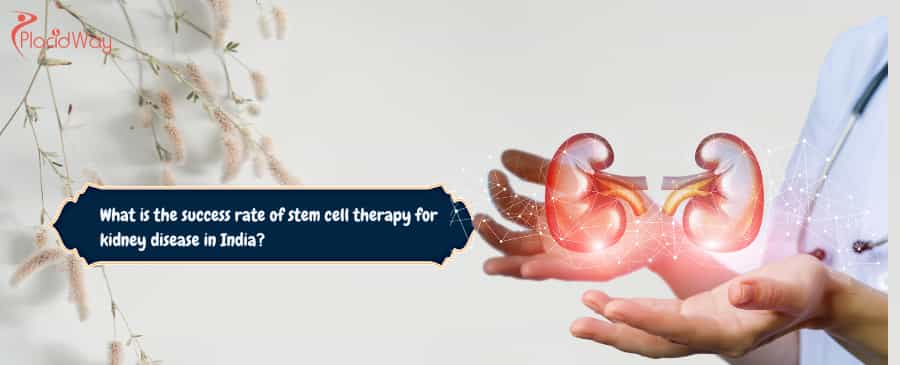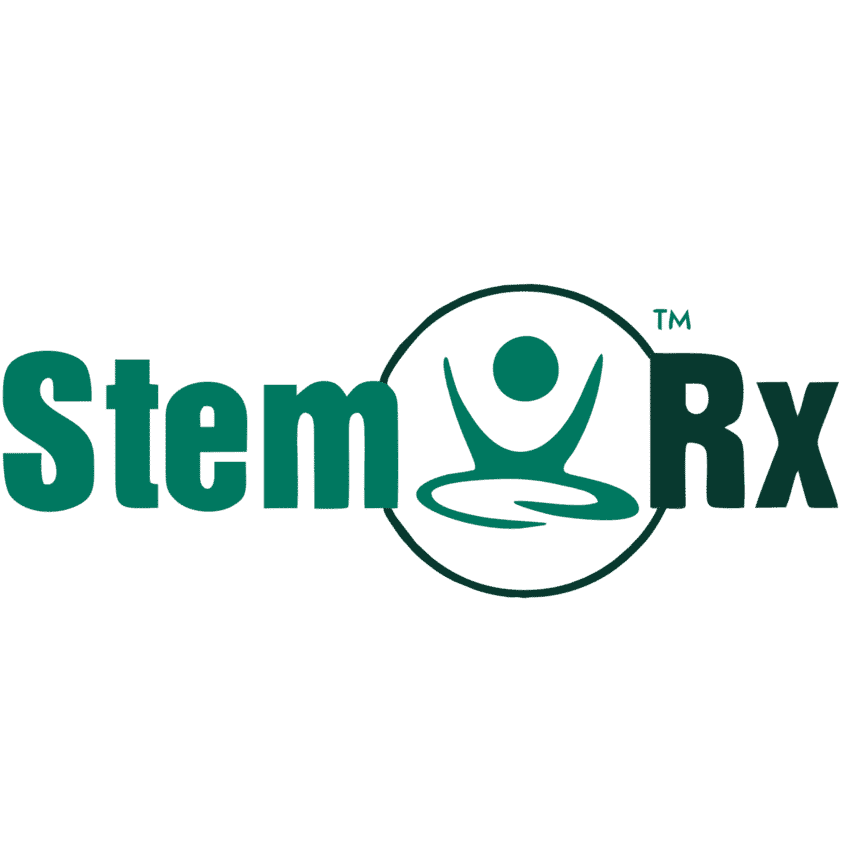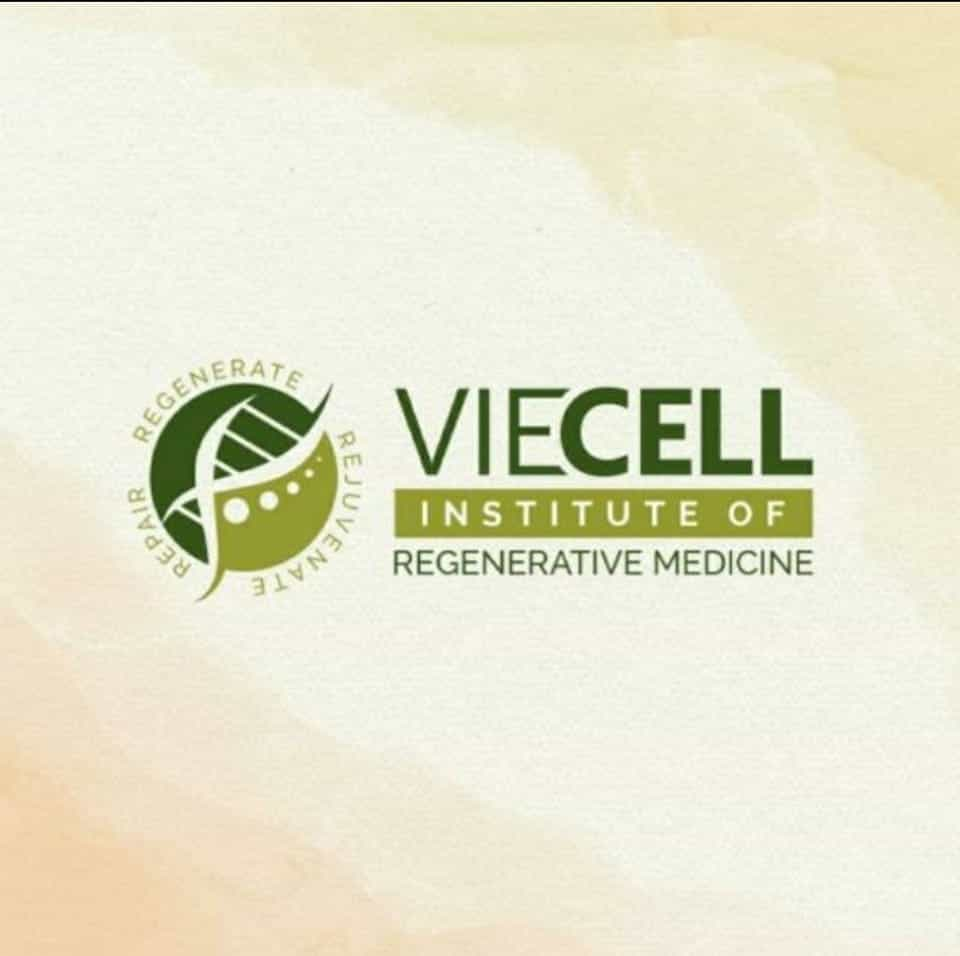Revolutionizing Kidney Care: Stem Cells in India

Chronic kidney disease (CKD) is a growing global health concern, and India is no exception. As traditional treatments like dialysis and transplantation come with their own challenges, many patients are looking for innovative solutions. Stem cell therapy has emerged as a promising avenue, offering the potential to repair damaged kidney tissue and improve kidney function. This blog post will delve into the details of stem cell therapy for kidney disease in India, addressing common questions and providing comprehensive insights.
What is the success rate of stem cell therapy for kidney disease in India?
"The overall success rate of stem cell therapy for kidney disease in India is reported to be between 60% and 80%, particularly effective in the early stages of CKD (Stages 1 and 2), with the potential to slow down or even reverse disease progression."
Stem cell therapy for kidney disease aims to leverage the regenerative properties of stem cells to repair damaged kidney tissue, reduce inflammation, and improve overall kidney function. While results can vary depending on the individual patient's condition, the stage of their kidney disease, and the specific treatment protocol used, many clinics in India report favorable outcomes. The success is often measured by improvements in kidney function markers such as BUN (blood urea nitrogen) and creatinine levels, better filtration, and a reduction in the need for frequent dialysis. It's crucial to understand that "success" might mean a significant improvement in quality of life and slowing of disease progression, rather than a complete cure, especially in advanced stages.
How does stem cell therapy for kidney disease work?
"Stem cell therapy for kidney disease works by introducing mesenchymal stem cells (MSCs), typically derived from the patient's own bone marrow or adipose tissue, into the body. These cells possess regenerative, anti-inflammatory, and immunomodulatory properties that help repair damaged kidney tissue, reduce inflammation, and enhance kidney function."
Once introduced, mesenchymal stem cells home in on the damaged areas of the kidneys. They exert their therapeutic effects through several mechanisms:
- Regeneration: MSCs have the ability to differentiate into various cell types, including kidney cells, helping to replace damaged nephrons and restore kidney structure.
- Anti-inflammatory effects: They release various growth factors and cytokines that help reduce inflammation within the kidneys, which is a major contributor to kidney damage and progression of the disease.
- Immunomodulation: MSCs can modulate the immune system, preventing further immune-mediated damage to the kidneys and promoting a healing environment.
- Paracrine signaling: They secrete beneficial factors that stimulate the existing kidney cells to repair themselves and improve their function. This multifaceted approach contributes to the observed improvements in kidney function and overall patient well-being.
What types of stem cells are used for kidney disease treatment in India?
"The most commonly used types of stem cells for kidney disease treatment in India are Mesenchymal Stem Cells (MSCs), which can be sourced from bone marrow, adipose (fat) tissue, or sometimes umbilical cord tissue."
Mesenchymal Stem Cells (MSCs) are favored due to their multipotent nature, meaning they can differentiate into various cell types, and their strong immunomodulatory and anti-inflammatory properties. These properties make them ideal for regenerating damaged tissues and calming the immune response often seen in kidney diseases.
- Bone Marrow-Derived MSCs: These are harvested from the patient's own bone marrow, typically from the hip bone. This is a common and well-established source.
- Adipose-Derived MSCs: These are obtained from the patient's fat tissue, usually through a liposuction procedure. This source is also widely used and can yield a higher number of MSCs compared to bone marrow.
- Umbilical Cord-Derived MSCs: In some cases, MSCs from umbilical cord tissue (from healthy donors) may be used, offering an "off-the-shelf" option, though autologous (patient's own cells) are often preferred to avoid potential immune reactions.
What are the benefits of stem cell therapy for kidney disease?
"The benefits of stem cell therapy for kidney disease include improved kidney function, reduced inflammation, slowing down disease progression, and potentially decreasing the dependency on dialysis."
Stem cell therapy offers a range of potential advantages for patients with kidney disease. These include:
- Improved Renal Function: Patients often experience a stabilization or even improvement in their glomerular filtration rate (GFR) and a decrease in creatinine and BUN levels, indicating better kidney filtering capacity.
- Reduced Inflammation and Fibrosis: Stem cells can help mitigate the chronic inflammation and fibrosis (scarring) that are characteristic of progressive kidney disease, preserving remaining kidney tissue.
- Delayed Disease Progression: By addressing the underlying damage and inflammation, stem cell therapy can significantly slow the advancement of kidney disease, potentially delaying or even preventing the need for dialysis or kidney transplantation.
- Enhanced Quality of Life: Patients may report increased energy levels, better appetite, and overall improved well-being due to enhanced kidney function. For some, it may lead to a reduced frequency or even complete cessation of dialysis sessions.
What are the risks and side effects of stem cell therapy for kidney disease?
"The risks of stem cell therapy for kidney disease are generally considered minimal, especially with autologous (patient's own cells) therapy. Potential side effects can include temporary fever, mild pain or bruising at the injection site, and in rare cases, infection or allergic reactions."
While stem cell therapy is generally considered safe, especially when using the patient's own cells, it's important to be aware of potential, though rare, risks.
- Injection Site Reactions: Mild pain, swelling, or bruising at the site where stem cells are harvested (e.g., bone marrow or fat) or injected.
- Infection: As with any medical procedure involving injections, there's a small risk of infection, though strict sterile protocols minimize this.
- Allergic Reaction: While very rare with autologous cells, an allergic reaction to the materials used during the procedure or culture media could occur.
- Fever or Chills: Some patients might experience a temporary, low-grade fever or chills after the infusion, which typically resolves quickly. It is vital to discuss all potential risks with a qualified medical professional before undergoing treatment.
What is the cost of stem cell therapy for kidney disease in India?
"The cost of stem cell therapy for kidney disease in India typically ranges from $2,000 to $7,500 USD per cycle, with the total cost depending on the number of cycles required, the type of stem cells used, and the clinic chosen."
India has become a popular destination for medical tourism due to its affordability and high-quality healthcare. The cost of stem cell therapy for kidney disease is significantly lower compared to Western countries. The exact price can vary based on several factors:
- Severity of the Disease: Patients with more advanced kidney disease might require more intensive treatment protocols and a greater number of stem cell infusions, increasing the overall cost.
- Source of Stem Cells: The cost can fluctuate slightly depending on whether bone marrow-derived, adipose-derived, or umbilical cord-derived stem cells are utilized.
- Clinic and Location: Different clinics and hospitals in India may have varying pricing structures based on their reputation, infrastructure, and the expertise of their medical team.
- Additional Treatments: The total cost might also include pre-treatment evaluations, post-treatment follow-ups, medications, and any complementary therapies provided. Patients should request a detailed cost breakdown from the clinic.
How many sessions of stem cell therapy are typically needed for kidney disease?
"The number of sessions of stem cell therapy for kidney disease varies greatly depending on the individual patient's condition and the stage of their disease, but typically, a patient might require 2 to 5 cycles of treatment."
The treatment protocol is highly individualized. In some cases, a single cycle might show promising results, especially in very early stages of CKD. However, for more established kidney disease, multiple sessions are often recommended to achieve and maintain optimal benefits. These sessions are usually spaced out over several weeks or or months to allow the body to respond to the therapy. The medical team will assess the patient's progress through regular evaluations and adjust the treatment plan accordingly.
Is stem cell therapy for kidney disease approved in India?
"While stem cell therapy in India is offered by numerous clinics for various conditions, including kidney disease, it operates within a regulatory framework that emphasizes ethical research and clinical practice, though it may not always be categorized as a 'standard' approved treatment like conventional therapies."
The landscape of stem cell therapy in India is evolving. The Indian Council of Medical Research (ICMR) and the Department of Biotechnology (DBT) have laid down guidelines for stem cell research and therapy. Many clinics offer stem cell treatments under a research or compassionate use protocol, especially for conditions where conventional treatments have limited efficacy. Patients considering stem cell therapy should thoroughly research clinics and ensure they are accredited and adhere to ethical and safety guidelines. It's crucial to have clear discussions with the medical team about the regulatory status and the scientific evidence supporting the specific therapy being offered for kidney disease.
What are the alternatives to stem cell therapy for kidney disease?
"Alternatives to stem cell therapy for kidney disease include conventional medical management such as medications to control blood pressure and diabetes, dietary changes, dialysis (hemodialysis or peritoneal dialysis), and kidney transplantation."
For patients with kidney disease, several established treatment options are available, depending on the stage and severity of the condition:
- Medical Management: This involves managing underlying conditions like high blood pressure and diabetes with medications, making dietary adjustments (low-sodium, low-protein diets), and using medications to control symptoms and complications (e.g., anemia, bone disease).
- Dialysis: When kidneys fail to adequately filter waste products, dialysis becomes necessary. This can be hemodialysis (blood filtered by a machine outside the body) or peritoneal dialysis (fluid filtered within the abdominal cavity). Dialysis is a life-sustaining treatment but does not cure kidney disease.
- Kidney Transplantation: This involves surgically replacing a diseased kidney with a healthy kidney from a donor. It is considered the most effective long-term treatment for end-stage renal disease but requires a compatible donor and lifelong immunosuppressive medication.
Can stem cell therapy reverse kidney failure?
"While stem cell therapy for kidney disease can significantly improve kidney function and slow disease progression, especially in early to moderate stages, a complete reversal of kidney failure (end-stage renal disease) is generally not guaranteed and is still an area of ongoing research."
For patients with kidney failure, the goal of stem cell therapy is often to improve residual kidney function, reduce the need for dialysis, and enhance overall quality of life. In some cases, particularly in earlier stages of chronic kidney disease, stem cell therapy may help regenerate enough kidney tissue to significantly improve function and delay progression. However, for those with advanced, irreversible kidney damage, stem cell therapy may act more as a supportive treatment, aiming to optimize remaining kidney function and reduce complications, rather than fully reversing the condition to a state of normal kidney function. It's important to have realistic expectations and understand that individual responses can vary.
What improvements can be seen after stem cell therapy for kidney disease?
"After stem cell therapy for kidney disease, patients may observe improvements in GFR (glomerular filtration rate), stabilization or reduction in creatinine and BUN levels, better control of blood pressure, decreased protein in urine, and an overall improvement in energy and quality of life."
The specific improvements seen after stem cell therapy can vary from person to person, but commonly reported positive changes include:
- Biochemical Markers: A reduction in serum creatinine and blood urea nitrogen (BUN) levels, which are indicators of kidney function.
- Improved Filtration: An increase in GFR, suggesting better filtering capacity of the kidneys.
- Symptom Relief: Patients may experience a decrease in symptoms associated with kidney disease, such as fatigue, swelling (edema), and loss of appetite.
- Reduced Proteinuria: A reduction in protein leakage into the urine, which is a sign of kidney damage.
- Enhanced Well-being: Many patients report a general improvement in their energy levels and overall quality of life, potentially leading to reduced reliance on frequent dialysis.
How long does the effect of stem cell therapy for kidney disease last?
"The duration of the effect of stem cell therapy for kidney disease varies, with some patients experiencing benefits for several months to a few years, while others may require periodic booster treatments to maintain the therapeutic effects."
The long-term efficacy of stem cell therapy for kidney disease is a subject of ongoing research. The benefits are not always permanent, as the underlying causes of kidney disease may still be present. Factors influencing the duration of the effect include:
- Stage of Disease: Patients in earlier stages of CKD might experience longer-lasting benefits compared to those with advanced kidney failure.
- Type and Number of Stem Cells: The specific type of stem cells used and the concentration and number of infusions can impact the longevity of the results.
- Patient's Overall Health: Lifestyle factors, adherence to medical advice, and the presence of co-morbidities can influence how long the improvements last.
- Follow-up Treatments: Some patients may opt for maintenance or booster sessions to sustain the positive effects of the therapy over time. Regular monitoring by a nephrologist is crucial to track progress and determine the need for additional treatments.
Explore PlacidWay for solutions related to medical tourism and healthcare services for kidney disease treatments.


.png)





.png)
.png)
.png)






Share this listing